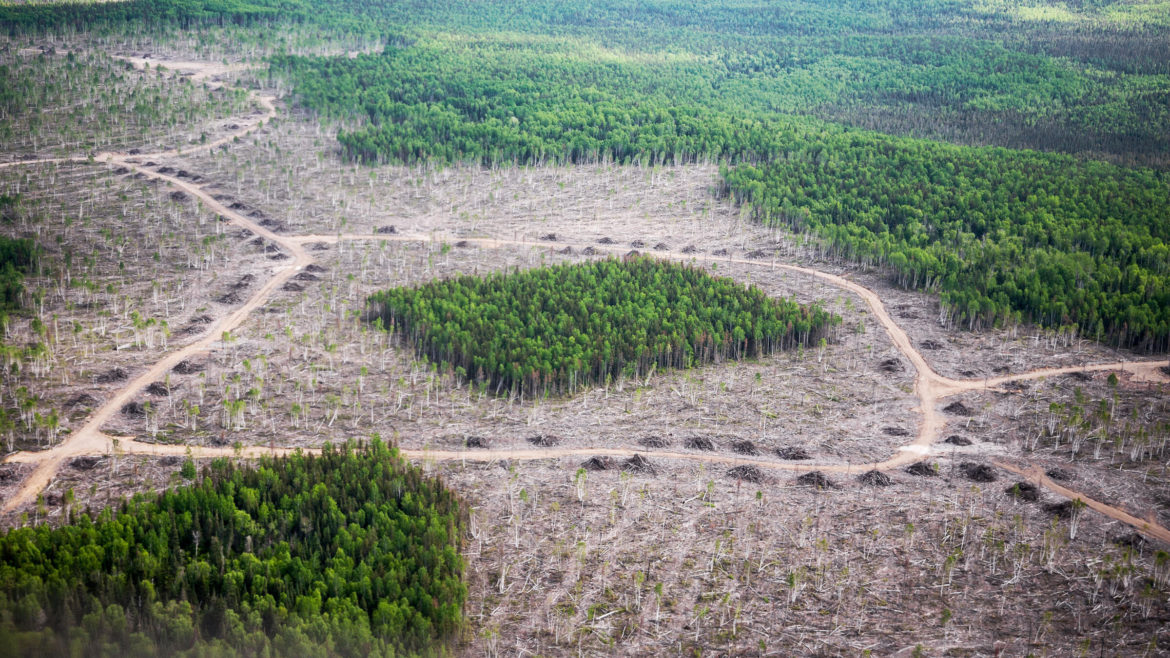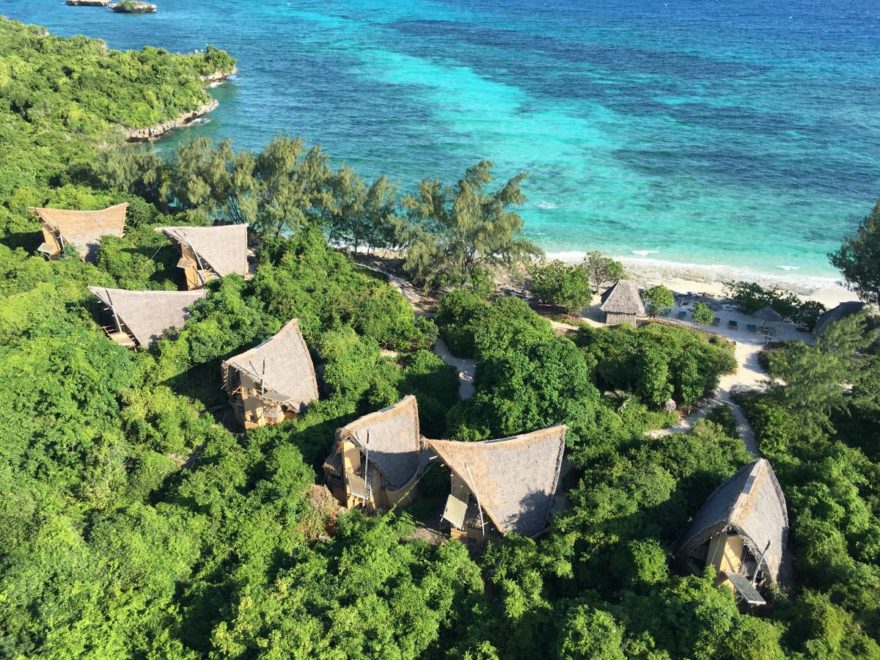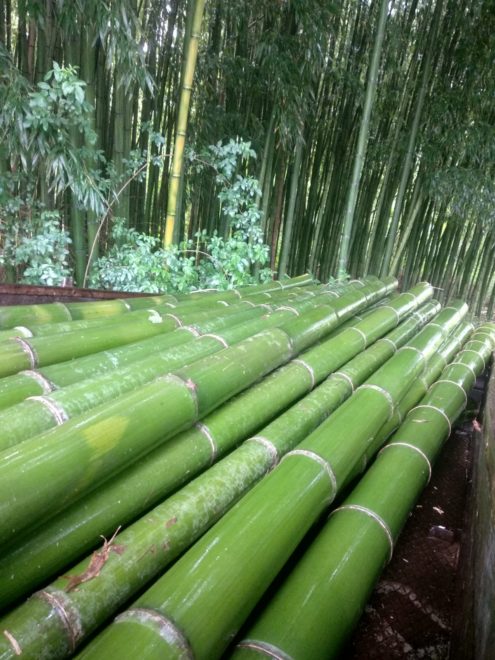When I was nominated as one of the candidates from West Europe for the IUCN Council, it was 2019 and the Coronavirus threat was not considered very serious. Since that time, the world has changed and the IUCN Congress has been postponed twice. It will now take place in September, and it will be hybrid meeting with many people joining through internet rather than meeting each other in person in Marseille. I wrote my manifest in 2019 to explain my intentions as IUCN Councilor. This short statement should be seen as an additional contribution.
The COVID disaster has been a human catastrophe, but it has also had significant impact on our environment. The positive effects amounted to reduced carbon emissions due to the lack of travel, less pollution in cities due to lock-downs and wildlife returning to areas where it has not been seen for many years. The negative effects were particularly serious in organisations and protected areas that depend on visitors for their financial security. This includes zoos, aquariums and botanical gardens throughout the world, but especially national parks, reserves and other protected areas in the global South.

In 1988, I lived next to Chobe National Park in Botswana
For many years, we have tried to help local communities and protected area managers to develop alternative financing streams for wildlife management and nature conservation, and the support from visitors was seen as one of the most secure forms of conservation finance. Support from tourists also typically reached the people on the ground, and often helped direct interventions. The fact that this source of funding almost ceased overnight, as airlines stopped flying and Governments closed borders was unprecedented. IUCN and its members have to re-think the current conservation finance models, and look for more secure, sustainable financing systems that support local conservation efforts. I am looking forward to be part of these discussions, especially where they link to tourism.
The other issue that has been forced to the foreground is the risk of a next pandemic. It is clear that the continued fragmentation of our environment and the ongoing damage to its ecosystem functions have increased the likelihood of a next global health crisis. This interface of nature conservation and public health is an area where IUCN, its Members and its Commissions can play a key role, and I am very interested in following the developments in this critical area.

Habitat fragmentation – photo from National Audubon Society
Thirdly, it is also becoming more and more obvious that the human health aspects of conservation are subject to the growing risk from climate change. We are reaching tipping points, and scientists throughout the world have made it clear that we need serious action in the coming decade if we want to avoid a climate change disaster. One of my current roles is working on the climate change aspects of the tourism industry, together with the World Travel and Tourism Council, the European Travel Commission and others. We are promoting Climate Friendly Travel, which is tourism that is low carbon, linked to the SDGs and following the 1.5 Paris trajectory. My specific responsibility is the oversight over the UNFCCC-linked Registry of climate ambitions, using real data. This is turning out to be a challenge, as not many travel and tourism companies have actually worked out their carbon footprint. The link between tourism and nature conservation is critical, as the two depend on each other, and it is therefore key to work out what the carbon footprint is of different hospitality enterprises. I see opportunities for convergence between Climate Friendly Travel and the work of IUCN.

Chumbe Island Lodge in Tanzania – registered on the Climate Friendly Travel registry
My other continued interest revolves around the opportunities that bamboo provides for sustainable development, and how I can help local communities to use these resources more effectively and efficiently. Particularly promising is the importance planted bamboo can play as a natural carbon sink, while helping farmers and households to create resilience against the effects of climate change. This requires effective partnerships with the private sector, both in the management of the bamboo plants and in the manufacturing of bamboo products. As most bamboos grow in Africa, Asia and Latin America, while the market for products is predominantly in Europe and the USA, this is an area where the global reach of IUCN can play a key role, and I hope to be able to merge my ongoing work in sustainable bamboo management with my future role as IUCN Councilor.

Bamboo poles harvested by Bamboologic in Portugal
I mentioned urban development and integrated water resources management in my original manifest, and these are areas that continue to be of interest. I am encouraged about the ongoing work of IUCN in these critical areas of development, and hope to be able to share my experiences when and where asked.

0 comments
Write a comment